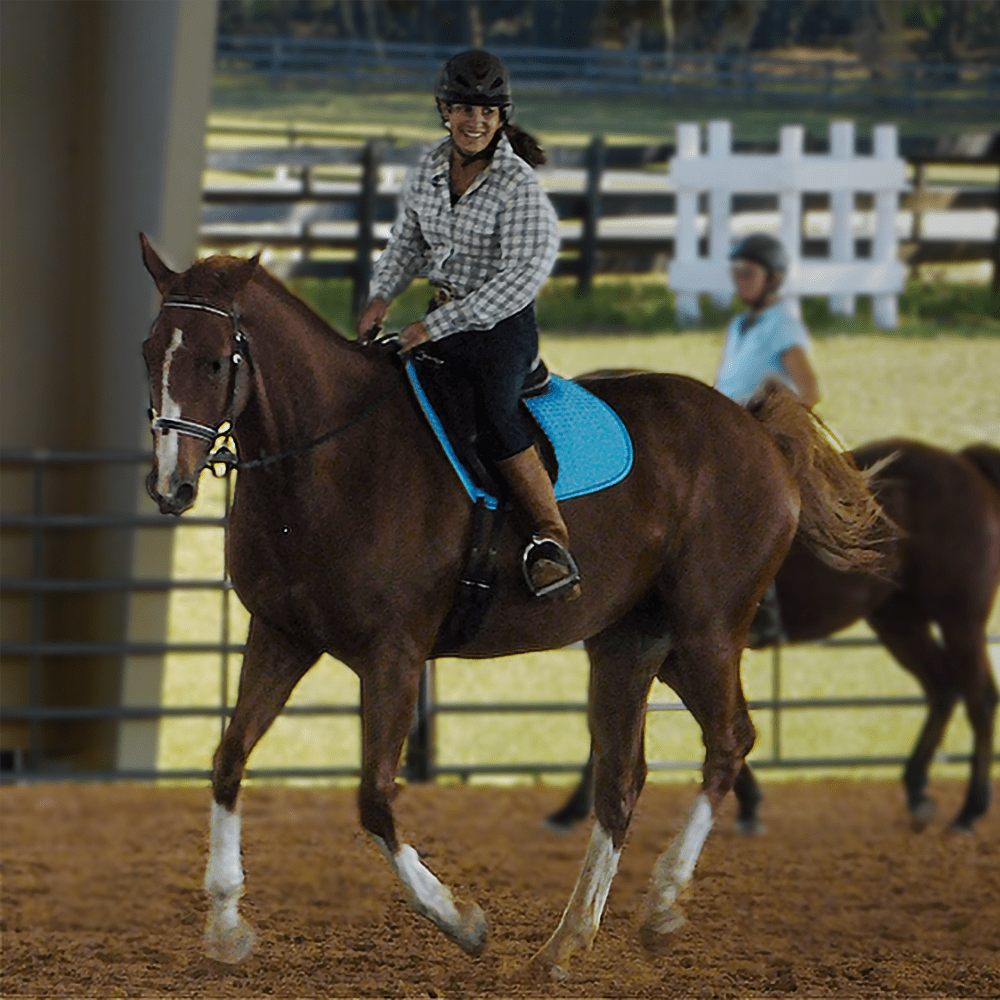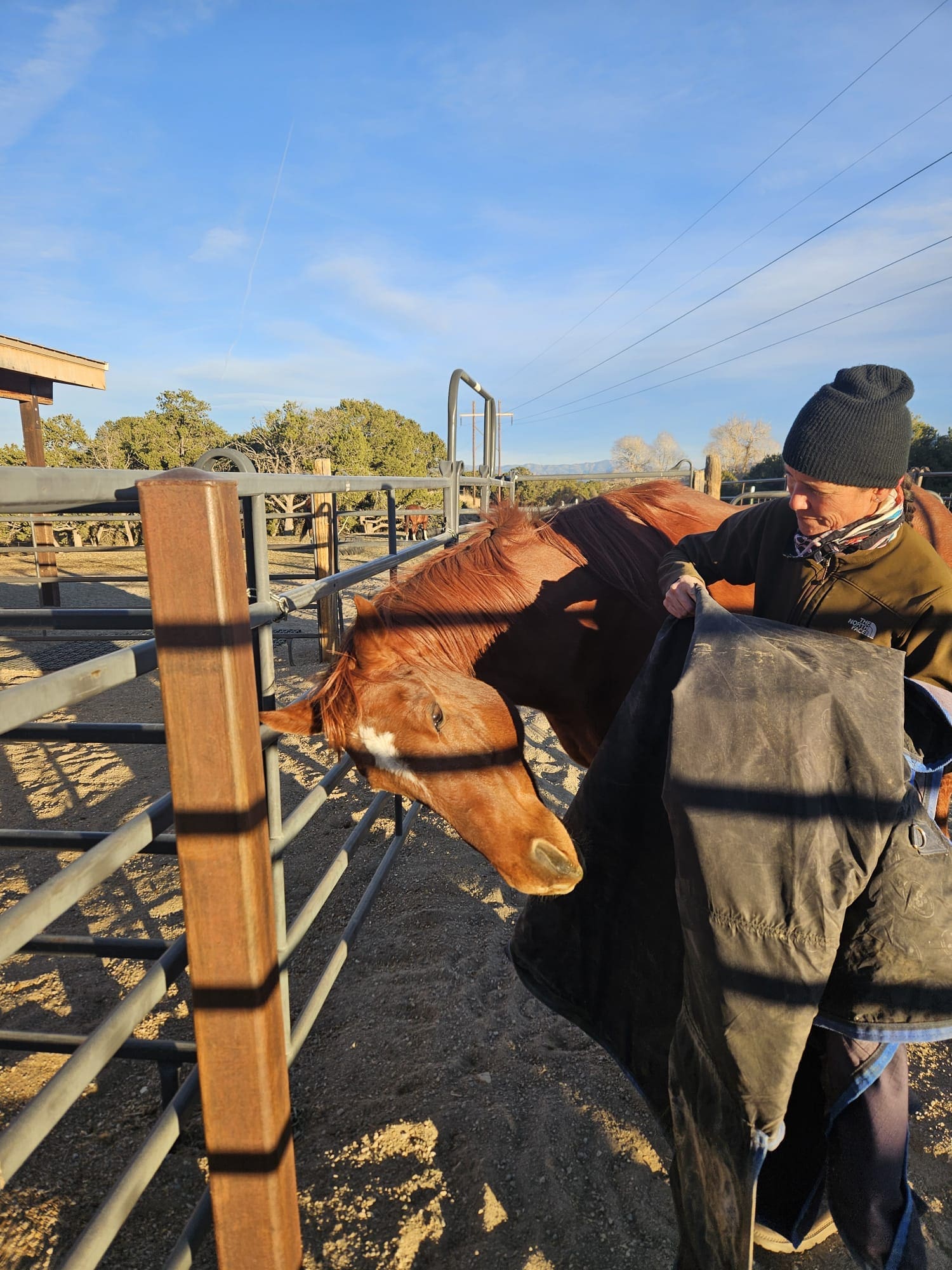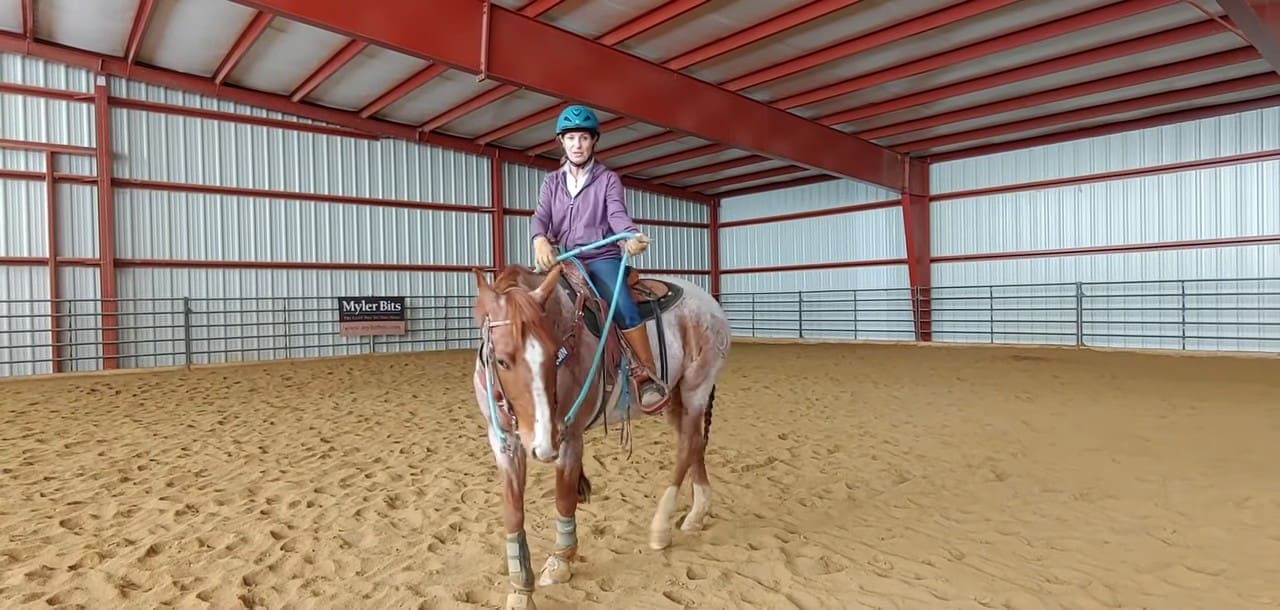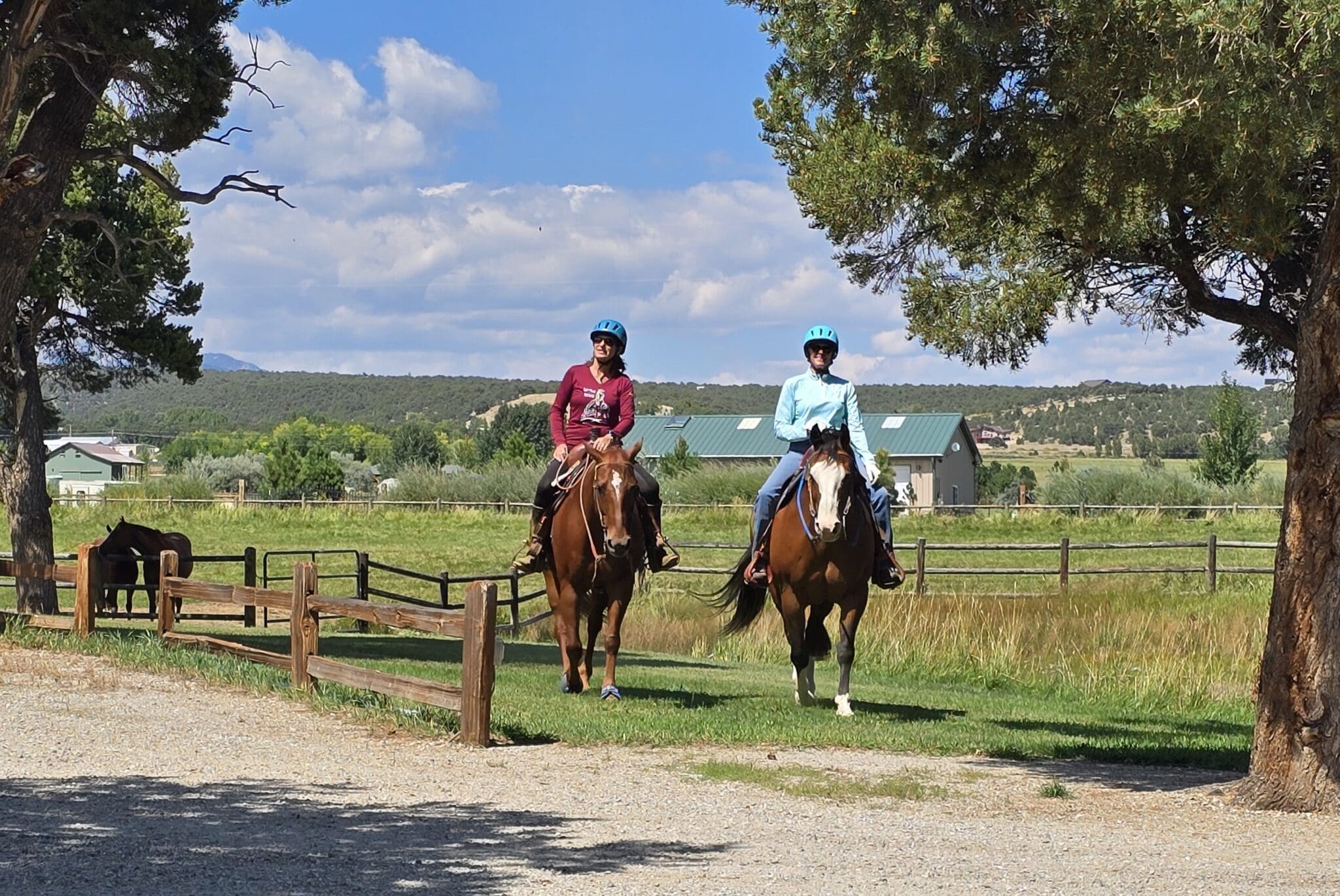
#Joy2Ride | Top 10 Qualities of My Ideal Riding Horse
I expect a lot from my horses, and they rarely let me down. My horse is my partner, first mate and a reflection of my soul. I know the amazing feats horses are capable of, and after riding and training literally thousands of horses, I’ve witnessed countless times their willingness to do our bidding and their tolerance of our mistakes and idiocy. How well the horse performs, and the things he learns, is a product of his rider—although our tendency is to put the blame for a failure to perform squarely on the horse.
Last month, I wrote about the top 10 ground manners that a horse should have to be safe and pleasurable to handle and the response was big—thank you! It got me thinking about what ideal qualities I want in a riding horse. Not specific riding skills (like flying lead changes, or discipline-specific performance like reining or jumping), but general qualities that I expect of any well-trained horse—no matter the breed or type of riding I am doing.
If you are starting with raw ingredients—either a youngster or a mature horse that missed out on a proper education, it will take time (weeks and months) to develop these skills and engrain these qualities in your horse. Don’t be overwhelmed! Instead, start forming your expectations and teaching them to your horse today. Set some ground rules.
If your horse is not just uneducated, but has been trained improperly—meaning he has learned wrong things, like he can do or not do whatever he wants—achieving these ideal qualities will take even longer. You can start working toward these ideals today, but be aware that you may need to change your approach. It may be that you need to change your ways—not the horse. Consistency and clarity will help make your job easier.
If you are in the market for a horse, these would be important qualities to consider in your pre-purchase or pre-adoption evaluation. Maybe you’ve got a horse that you trained yourself and you’d like to see how his skills stack up to a professionally trained mount. Or perhaps you’ve got a new equine partner and you’re establishing a relationship with that horse that will carry you into the future. The ideals listed below will help you clarify your goals and develop a plan of action.
There’s no such thing as a bad horse or bad behavior. Behavior should not have a value judgment on it—it’s neither bad nor good, it’s just behavior. Horses act like horses, unless they’ve been taught to act differently. Horses reflect their handlers and act solely in ways that are either instinctive or learned. When a horse displays behavior that is undesirable to us, it is either because it’s his natural behavior or he has actually been taught to act that way through poor handling and training (the latter happens a lot more often than one might think).
Every time you handle or ride a horse, you are either training it or un-training it. As horse owners, we are responsible for training the horse so that he is safe and pleasant to be around and has a bright and secure future, even if you are no longer in the picture. Just like you raise your children to be successful and independent adults, you must train your horse in such a way that he has value to society and a safe future ahead of him.
Only a few of these top 10 qualities are related to the horse’s temperament, and even then, training will have a heavy influence on the horse’s natural behavior. A horse is born with his temperament, but they are such capable learners that even the flightiest horse, for instance, can be taught to approach scary objects with curiosity.
Here are my top ten ideal qualities in a riding horse that make it a #Joy2Ride:
- Stands still like a statue for mount/dismount and does not walk off unless given a cue. Once we are underway, he will stand calmly and patiently any time I ask him to stop.
- Goes exactly in the direction that I ask with straightness; tracks exactly in a path dictated by me, never veering or avoiding or pulling me in the direction he wants to go. Stays “between my aids” (seat, legs, hands) at all times.
- Goes at a speed dictated entirely by me and never requires me to push, pedal or pull. Self-regulates his speed at whatever rate I ask and maintains that speed even on a loose rein.
- Is relaxed and compliant and focused on me or the task at hand or tuned out to his surroundings (focused on nothing). Is not looking all around, looking for an escape route or distracted by other horses.
- Performs equally well when ridden on a loose rein or on direct contact. Collects his frame easily when asked and carries himself in collection with a soft rein and light aids.
- Is light and responsive to my aids; stops off my seat and moves off my legs with complete nose-to-tail body control.
- Performs reliably in any situation and any location. Can perform equally well away from home or in a strange location as he does at home.
- Ignores other horses, known and unknown; does not show interest or interact with other horses while being ridden. Rides well alone or in company. Not intimidated by large groups of horses. Will lead or follow without complaint.
- Tries hard when I ask, even when it’s scary, physically difficult and/or something he doesn’t want to do. Has a stellar work ethic and gets down to business—not looking for shortcuts or trying to get out of work.
- Has courage and curiosity; low on flight and high on investigative behavior. Does not spin and bolt when spooked but is willing to face and approach.
Score your horse on a scale of 1 to 10 for each category, with 10 being perfect. Add all ten categories and you’ll have your horse’s score, based on 100 being the perfect saddle horse. If you scored in the 80s or 90s, good job! Think about what more you need to do to make your horse perfect.
If your score was below 80, you’ve got some remedial work to do! First, you must recognize how much of the low score is caused by you—either through poor handling or unclear and inconsistent expectations. Sometimes changing your leadership is all the horse needs to become a perfect horse. Then you must determine where the holes in your horse’s training are and how you can patch them. The training resources in my online Academy will help, and my Interactive Curriculum will give you specific training exercises and educational resources to get you on the right path, with me as your coach.
I could write volumes on how to go about training all these qualities in a horse (and I have), but it’s not rocket science. People have been doing it for thousands of years, with a great deal of success. In my podcast later this month, I’ll talk about some of the specific training techniques to instill these qualities in a saddle horse and I’ll answer your most pressing questions. So be sure to tune in, anywhere you get your podcasts, or at JulieGoodnight.com/podcast.



